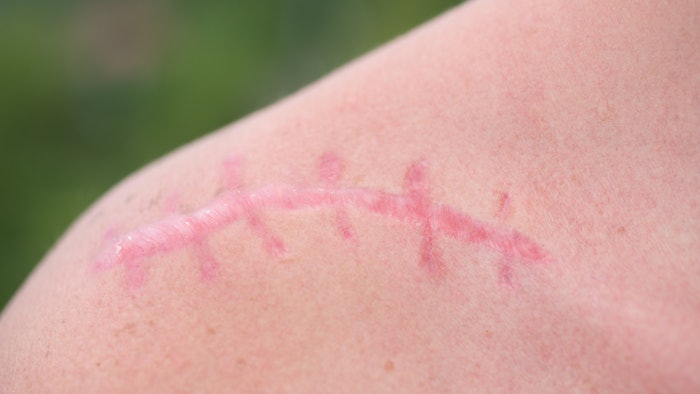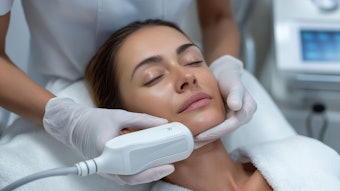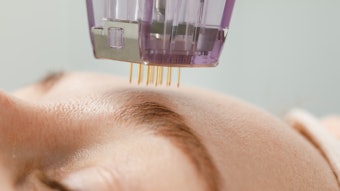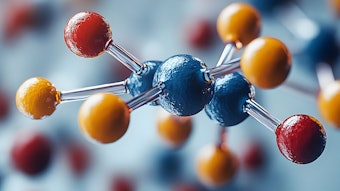
Wounds in adult mammals typically heal by forming fibrotic scars. But researchers with the Stanford University School of Medicine have shown that by inhibiting mechanical expression within certain cells, the skin can heal through regeneration without activating a profibrotic response. The study was published in the Journal of the American Association for the Advancement of Science (April 2021).
Shamik Mascharak, et al, built on research by Mascharak, et al, which found that a specific population of skin fibroblasts (Engrailed-1 lineage-negative fibroblasts [ENF]) activate expression of Engrailed-1 (En-1) and turn on profibrotic cellular programs in response to local tissue mechanics in wounds.
They used chemical (verteporfin) and transgenic inhibition of mechanotransduction signaling [diphtheria toxin ablation of En1-expressing fibroblasts, floxed Yes-associated protein (YAP) knockout] to modulate En1 expression during wound healing in mice. The experimental wounds were compared to unwounded skin and scars by RNA sequencing, quantitative histopathological comparison and mechanical strength testing.
They found that when mechanical signaling was inhibited in these cells, the skin wounds in the mice no longer formed scars but instead healed by regeneration, restoring skin with normal hair follicles and glands, extracellular matrix and mechanical strength.
Related: Adipose-derived Exosomes Improve Wound Healing
The study revealed that ENFs of the deep dermis activate En1 in the wound environment, generating 40% to 50% of scar fibroblasts. "In healing wounds, YAP inhibition by verteporfin blocks En1 activation and promotes ENF-mediated repair, yielding skin regeneration in 30 days with recovery of functional hair follicles and sebaceous glands," they wrote. "Diphtheria toxin-mediated ablation of postnatal En1-expressing fibroblasts and fibroblast-targeted transgenic YAP knockout similarly promoted recovery of normal skin structures, which suggests that modulation of En1 activation, whether direct or indirect, can yield wound regeneration."











